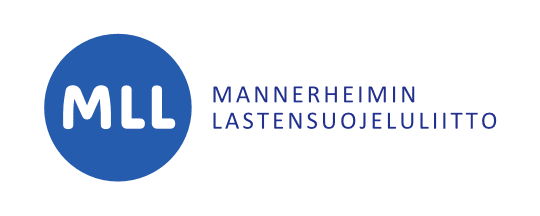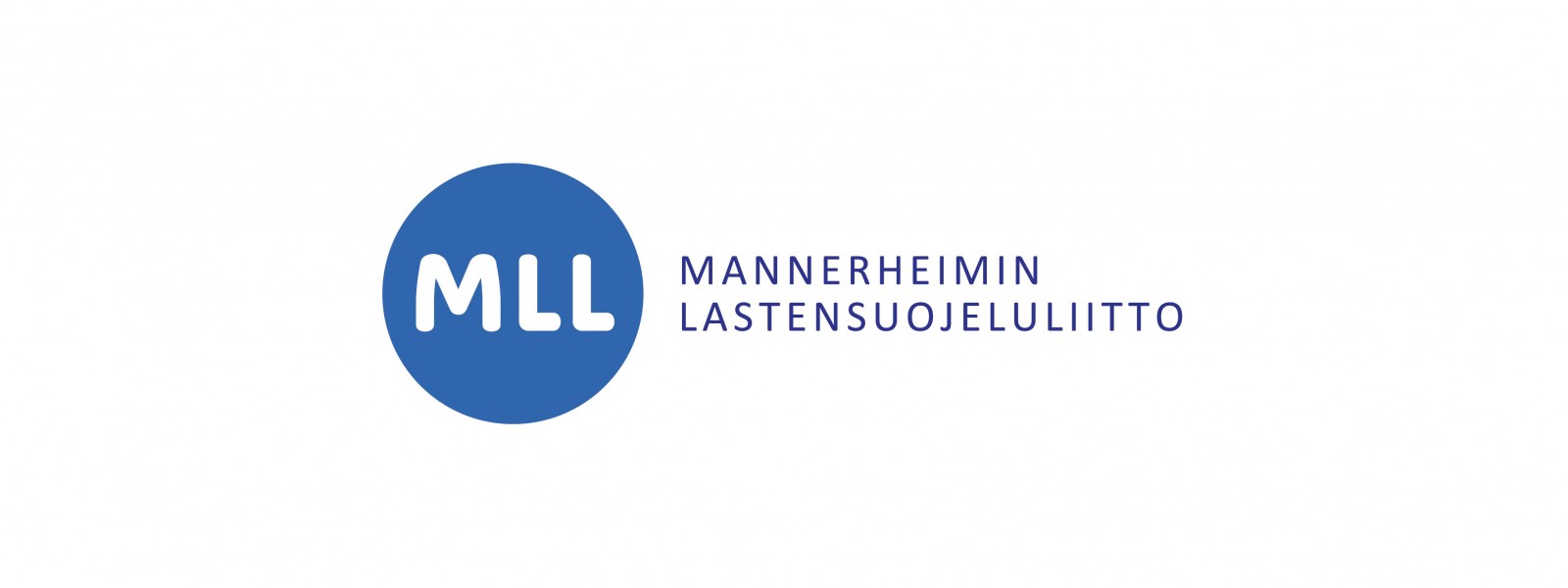General Comment on Children’s Rights in Relation to the Digital Environment
Finnish NGO Consortium’s Comments on the Draft
The Finnish NGO Consortium: The Central Union for Child Welfare (CUCW), Save the Children Finland (SCF), The Mannerheim League for Child Welfare (MLL), Supporting foundation for children and youth with disabilities (Vamlas).
The NGO members of the Finnish Consortium thank the Committee on the Rights of the Child for the opportunity to submit its comments on the draft General Comment on children’s rights in relation to the digital environment.
Digitalisation is an integral part of everyday life for children and adults in a modern society. Thus, the General Comment on children’s rights in relation to the digital environment is indeed a timely document to guide the States in strengthening interpretation and implementation of digital rights of the child in line with their civil, political, economic, social, and cultural rights (para. 3).
We are pleased to acknowledge that the general comment is intended to reflect, support, and build on the Council of Europe Guidelines (CM/Rec(2018/7) which outline a comprehensive and strategic approach for promoting and safeguarding the rights of the child in the digital environment.
COVID-19 pandemic has highlighted the important role of digitalisation in the lives of children. In Finland, children in many parts of the country shifted to distance learning on a very short notice, and studied at home over an extended period. In addition, social interaction among children increased extensively on the Internet and social media platforms.
The COVID-19 pandemic has exposed several challenges in the realisation of children’s rights in the digital environment. On global, regional, national, and local levels, children have not had equal opportunities for online learning due to limited access to technical devices and Internet. Furthermore, not all caregivers have been able to provide children with sufficient support in distance learning due to their limited skills and capacities.
Furthermore, those children who have been in a need for more pedagogical guidance in learning have not been able to receive enough support. The many challenges in implementing digital learning have resulted in equity gaps, which is likely to slow down the recovery from the pandemic in long term. We are pleased to take note that these challenges are well outlined in the draft under section A. The right to education.
As for the child’s right to privacy, it is critical for children to be aware as how to protect their privacy online as well as to fully comprehend the consequences of their online actions. It is, however, equally important to stress that adults ought to respect the child’s right to privacy. This obligation includes child’s peers, parents, or other adults present in the everyday life of the child.
One of the strengths of the general comment is its adoption of a relatively wide definition of digital environment (para. 2). However, the draft does not provide a clear definition of the concept: the digital environment rather seems to be defined as a list of different technologies. These phenomena may be relevant now but we argue that the definition should stand the test of time as new digital phenomena emerge. Also, the approach is very technical by nature and misses the fact that digital environment is always about interplay between human beings and technology.
The general comment requires States to regulate transnational companies (e.g. paras. 26, 37, 38, 57, 72, 87), many of which exert a remarkable economic and political power in the digital environment. Largest of them use millions of dollars in lobbying annually and have several billions of active users. Regulating them most effective when at the international level. The role of large transnational companies and the need for international regulation should be better addressed in the general comment.
We welcome (paras. 127-128) the recognition of a need for international and regional cooperation to share expertise and good practices, promote capacity-building, resources, standards, regulations, and protection across national borders in order to enable the realization of children’s rights in the digital environment. Due to multifaceted nature of digital environment the States, national and international NGOs, UN agencies, businesses, and other specialised organisations should be alert and work closely together on all levels.
Media and digital literacies are key features of civic competence. To act as active and fully acknowledged citizens in the digital sphere, children need versatile skills and wide critical understanding related to digital media. Providing these skills requires ongoing media education at homes and on all educational levels. Therefore, it is crucial to support digital literacies and media educational abilities of parents, caregivers, educators, and other professionals operating e.g. in the field of social and health care, youth work and culture (e.g. paras. 22-23).
We agree with the statements made about States ensuring schools to teach digital literacy as part of the basic education curricula. We are delighted to see how broadly digital literacy is portrayed in the draft. (para. 113.) We, however, suggest that small children, and that States are required to ensure the teaching of digital literacy as part of early childhood education, as well.1 We see younger and younger children taking their first steps online, with or without the help of their parents or educators. Besides being able to stay safe online, young children, too, are entitled to enjoy the benefits of digital culture in a safe and age-appropriate way, and to gain digital skills.
Additionally, we want to highlight the importance of digital wellbeing and the safe growth of the smallest children in the digital age, as well as the role their parents’ digital skills and understanding of the balanced media use have in this development. We are pleased to take note that the draft general comment stresses the importance of child development in the earliest years and how to secure it in the digital era at hand (para. 17). We are happy to see how the role of digital technology in basic health and welfare services has been set forth (para. 101). Yet we encourage the general comment to extend further and acknowledge the professionals in this field (e.g. professionals at maternity clinics) and the essential role they play in helping children, young people and families take care of their digital wellbeing.
We support the emphasis the draft general comment places as regards the States’ responsibility for ensuring national policies and strategies on issues related to the rights of the child in the digital environment, and the regular updating of these documents (para. 25). This can be done, for example, through building holistic national policy guidelines for media literacy, which emphasize the importance of supporting the media literacy of citizens of all ages through various measures.
At least to a certain degree, same digital networks, forums and social media platforms are used by both adults and children. National policies, guidelines, and awareness raising activities, which aim to enhance the media literacy and the responsible use of digital environments of all users, also make the digital environment safer for children, too.
In addition, we support the decision to include the risk of encountering hate speech and disinformation in the list of online risks (para. 16). Young people standing up for the violations of their rights in the society such as climate change or discrimination may end up as targets for hate speech or intense bullying, also by adults (para 61). Information about what kind of online behaviour is criminal or unethical, how to recognize and respond to it and how to seek help should be provided for children, through education, also on digital platforms.
As the use of digital media and mobile technology becomes increasingly ubiquitous in children’s lives, the need to stress the importance of digital well-being increases accordingly. We endorse the insights brought out in the draft general comment about digital technologies and healthy lifestyles of children (e.g. paras. 105-106). However, we recommend also note digital service provider’s role and responsibilities in fostering children’s healthy and balanced use of digital services.
The draft general comment brings forward important factors related to child sexual abuse and exploitation (CSAE) in the digital environment. Online CSAE is a broad phenomenon including, in addition to those mentioned in the draft general comment, exposing a child to sexually explicit material (receiving material from an adult or having to watch an adult engaged in sexual activity via digital platforms), an adult asking for sexually explicit material from a child, and producing child sexual abuse material (CSAM). A child can, for example, receive explicit photos or videos on their phone without asking for them and can be filmed or photographed without knowing it. (para. 83)
Sexting can be part of adolescents’ intimate relationships. In sexting, sexualized images or messages are shared with consent from both parties, whereas distributing the images to third parties can be illegal. The difference between sexting, where there are consenting adolescents, and criminal activity, including distributing CSAM, needs to be clear in the general comment. (para. 85)
We want to highlight the importance of using terminology that respects the rights of a child – as has been well done in the draft general comment (e.g. paras. 83-85, 87). Terms such as ‘child pornography’ and ‘child prostitution’ do not respect the child nor describe the violent act the child has been subjected to and should not be used.
We agree that States should promote the use of digital technologies that could facilitate the investigation of CSAE (para. 84) and should oblige businesses to use their technical procedures to combat unlawful activities related to online CSAE in their services (para. 87). There are digital
technology tools that are used to detect, remove, and report CSAM to authorities and that, in this way, prevent children from re-victimization. States should allow businesses to continue their voluntary use of technology to identify and remove illegal material and should impose clear obligations for them to notify law enforcement agencies of the illegal material they have detected or been informed of.4,5 The use of digital technology tools should respect children’s right to privacy and, as noted in the draft general comment, be permissible only to identify and report illegal activity (e.g. CSAM, grooming) (para. 71). Children’s rights to protection, e.g. from CSAE, and to privacy ought to be further considered before the general comment is finalised (e.g. end-to-end-encryption) (para. 72).
We encourage the general comment to further highlight the need to educate children, parents, caregivers, and professionals on safe internet use (paras. 22, 33) and on where children can report if their rights have been violated.
As mentioned in the draft general comment, States should provide children with confidential online reporting mechanisms (para. 88). Though easy reporting mechanisms to authorities should be in place, other, non-governmental and low-threshold services are also important. This helps to ensure that those children that do not report directly to authorities have another route to inform authorities of what has happened to them. These other service providers should, however, have a duty to notify authorities.
We are pleased by and thankful for how the draft of general comment has included children with disabilities so thoroughly and from various important aspects. Especially we want to highlight the point that digital environment opens new avenues for children with disabilities to engage in social relationships with their peers, access information, and participate in public decision-making processes.
We want to point out that the right of children with disabilities to communicate and join others not only includes other children with disabilities, but also those without disabilities, as stated in CRPD. (para. 96). Children with disabilities face more often and more severe violations of their rights than children without disabilities. It is therefore specifically important to make special effort to tackle any kind of abuse and violation in digital environments children with disabilities may face. (para. 100).6,7
We are also glad to notice that the paradigm of CRPD, regarding the involvement of children with disabilities in processes concerning their lives – including developing digital environment – is reflected in the draft general comment. (para. 99). We also embrace the wide approach to accessibility and encourage the development of instruments and indicators to monitor and follow through accessibility.
Poverty has a remarkable negative impact on the digital inclusion of children and youth with disabilities. We endorse the way the draft general comment addresses this issue, as well as its requirement to States to ensure the inclusion of children with disabilities with all means possible. (para. 98 and 99)


